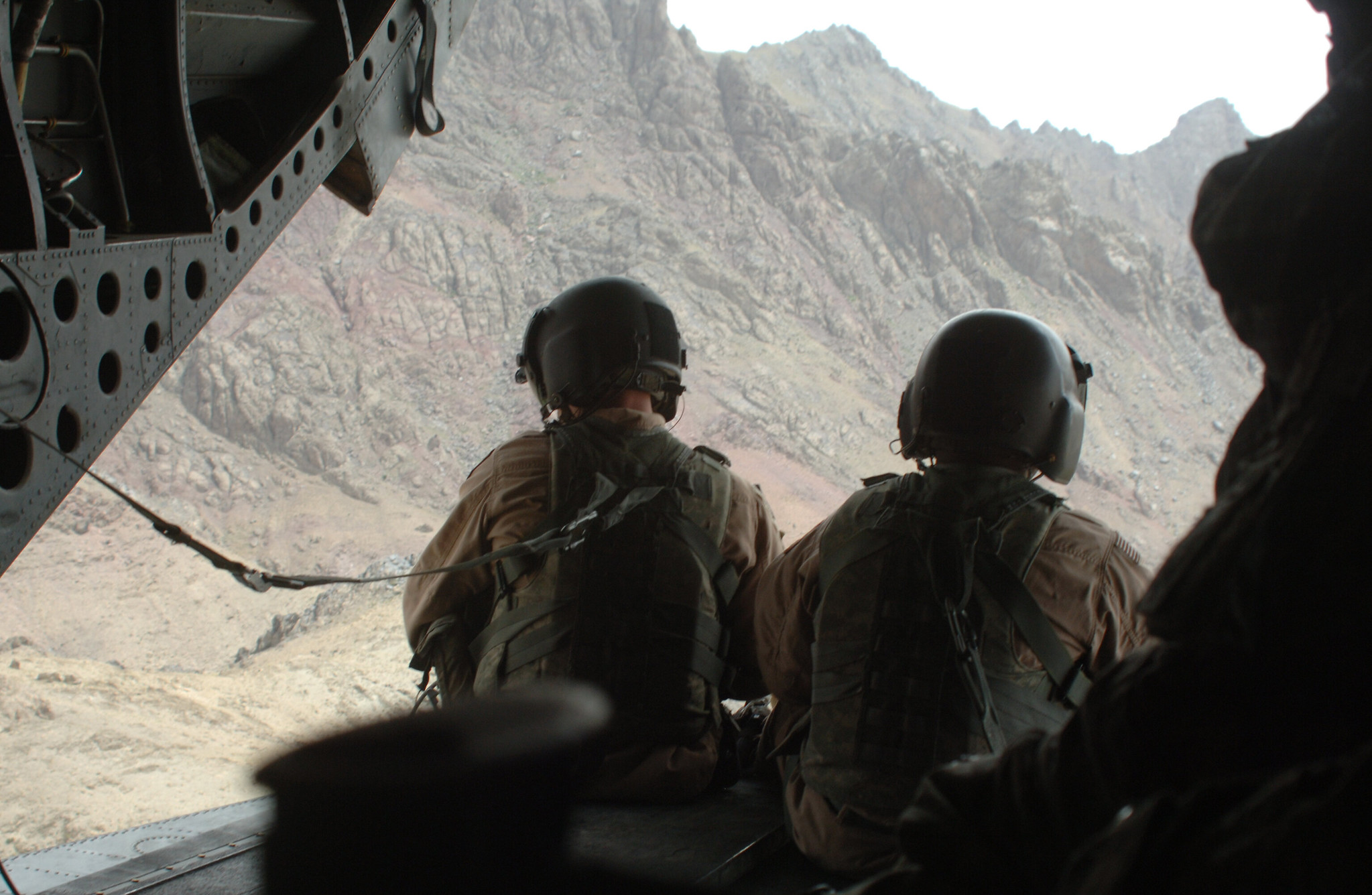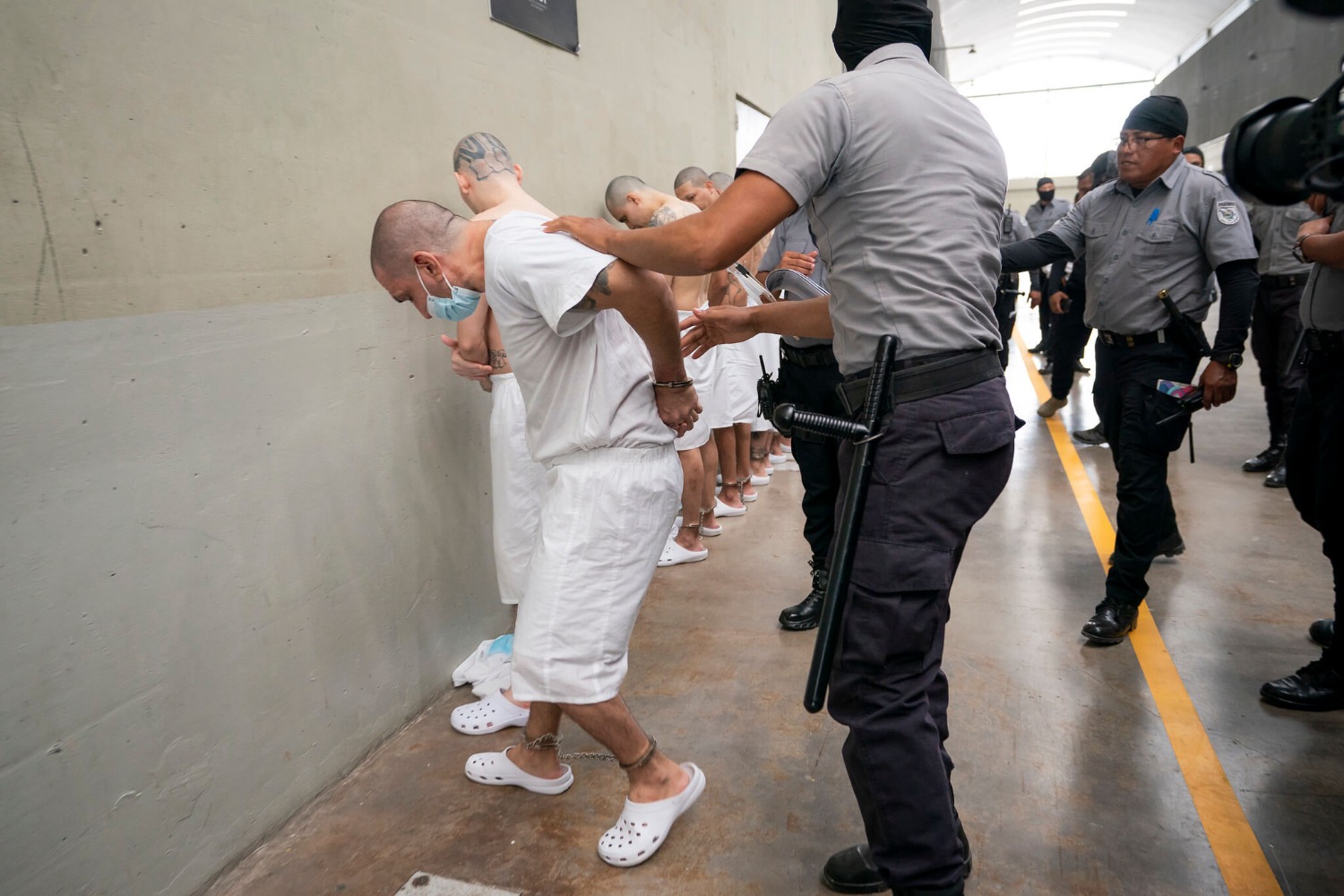An Examination of U.S. Military Payments to Civilians Harmed During Conflict in Afghanistan and Iraq
New data is available about U.S. military sympathy payments. What are these payments? What does the data reveal?

Published by The Lawfare Institute
in Cooperation With

The U.S. has distributed sympathy payments to some of those affected by foreign civilian losses during every significant military operation since the Korean War. In May, the Defense Department released data detailing its 2019 payments to civilians in Afghanistan and Iraq; in August, the Washington Post obtained the military’s catalogue of its 2015-2018 payments to civilians in Afghanistan; and in June, the under secretary of defense issued a memorandum that provided interim regulations describing the nature and purpose of these payments.
The data and the memorandum reveal that, since 2015, the military has allocated just under $4.9 million in sympathy and condolence payments—called ex gratia payments—to civilians who have experienced “property damage, personal injury, or death” as a result of the military activities of the United States or those of allied forces in support of U.S. military objectives.
All but six of the military’s 1,580 payments since 2015 have been allocated to Afghan individuals, and those other six were granted to Iraqi individuals. This post explains the nature of the military’s ex gratia outlays based on the Pentagon’s interim regulations and describes the military’s 2015-2019 payment data.
Ex Gratia Payment Interim Regulations
Section 1213 of the fiscal 2020 National Defense Authorization Act (NDAA) authorized $3 million in payments—from the Defense Department-wide Operation and Maintenance account—and described the payments in detail. Based on the description of the payments in the NDAA, the under secretary of defense issued a memorandum in June detailing the interim guidelines that set forth the reasons and procedures for making these payments. The under secretary explained in the memorandum that the payments are “not legally required,” nor do they serve as “an admission or an acknowledgment of any legal obligation to provide compensation, payment, or reparations” for damage the military inflicts on civilians. The payments are instead meant to “help authorized commanders obtain and maintain friendly relations with and the support of local populations where U.S. forces are operating.” The interim regulations described in the memorandum answer a couple of meaningful questions regarding the military’s ex gratia payments.
Who Receives the Payments?
The interim regulations governing the payments detail that not everyone who suffers “property damage, personal injury, or death” from U.S. military action may receive ex gratia payments. Only civilians who are determined to be “friendly to the United States” are eligible. Specifically, the memorandum explains that the Pentagon should not issue payments to residents of countries or territories that are engaged in armed conflict with the United States. And the regulations also prohibit payments that “present an undue risk [of] being used for efforts harmful to the United States, such as to fund insurgent activities or acts of terrorism against the United States or its allies and partners.”
Notably, the memorandum explicitly prohibits payments that could be stolen or unofficially taxed by bad actors. This would appear to prevent ex gratia assistance to civilians who, against their will, are under the control of nations or groups hostile toward the United States.
What Is the Purpose of the Payments?
The memorandum explains that the payments are goodwill expressions of condolence and should not be issued as compensation for injuries or damage resulting from conflict or “to try to restore civilians to the situation that existed before the armed conflict.” And the regulations make clear that the U.S. is under no legal obligation to provide assistance to people injured or otherwise harmed by lawful military activities.
According to the memorandum, the primary objective of the payments is to help military forces establish cordial relations with and gain support of people living in areas where the U.S. conducts military operations on the ground. To this end, the memorandum notes that commanders may be more likely to issue ex gratia payments “where U.S. forces are operating” or to civilians in areas where the U.S. is conducting “counterinsurgency or stability operations” because the support of local populations is critical in these combat operations.
As Amnesty International’s Daphne Eviatar explained, this focus precludes many citizens who are most harshly affected by U.S. military operations from receiving payments. For example, while the U.S. military has conducted many airstrikes on Mosul, Iraq, and Raqqa, Syria, the relatively low number of U.S. ground troops “operating” in these areas prevents most civilians living there from receiving the ex gratia money.
History of Congressional Payment Authorization
Congress has authorized ex gratia payments in each NDAA since 2005. From 2005 to 2019, Congress authorized the payments as part of the Commanders’ Emergency Response Program (CERP). Congress first authorized the CERP under Section 1201 of the 2005 NDAA to enable military commanders “to respond to urgent humanitarian relief and reconstruction requirements … by carrying out programs” that would assist Iraqi and Afghan people. Some of the NDAAs do not authorize ex gratia payments by name, but the payments referenced as part of the CERP in the NDAAs are indeed ex gratia payments.
Recently, the 2015 NDAA reauthorized payments to individuals in Afghanistan; the 2016 NDAA expanded commanders’ authority to make payments in Iraq; the 2017 NDAA extended the Pentagon’s authority for payments in Syria; and the 2019 NDAA added Somalia, Libya and Yemen to the list.
The Payment Data
In the data sets, for each payment, the Pentagon specified the year, country (where the individual who received the payment lives), payment type and payment amount. The Defense Department divided the payments into three types—“condolence,” “battle damage” and “hero.”
The military issues “battle damage” payments to provide compensation for damage to property, “condolence” payments to assist local residents who themselves or whose family members suffered injuries or deaths caused by U.S. military operations and “hero” payments to the closest family member of an individual who was killed by enemy forces while supporting U.S. or allied forces. There’s a lot going on in the data, and I have compiled and categorized in this chart the data by the number of payments, average cost of payments and total cost of payments. Figures 1 and 2 summarize the data.


The number of payments has increased significantly over the five years documented in the data—from 40 payments in 2015 to 611 payments in 2019. And the total cost of the payments increased from $207,056 in 2015 to $1,544,125 in 2019. But the average payment has decreased over the same period, from $5,176 in 2015 to $2,527 in 2019. In other words, the United States is giving less money to more people.
To give a sense of what these payments are worth in the two countries, in 2018, the minimum monthly wage in Afghanistan was approximately 6,000 Afghanis ($83) and the minimum monthly wage in Iraq was 350,000 dinars ($293). On average, one ex gratia payment in Afghanistan is slightly more than two-and-a-half years of minimum wage Afghan salary and one payment in Iraq is just over one year of minimum wage salary in Iraq (the average amount of each ex gratia payment in the two countries is different).
While it is very difficult to directly link military activity to trends in the data, here are a few military developments that may align somewhat with the payment data (there have not been enough payments in Iraq from 2015 to 2019 to draw any conclusions about trends in the data):
- In 2016, the military conducted more than 40 percent more airstrikes in Afghanistan than it did in 2015 after President Obama expanded military authority there.
- The number of Afghan soldiers killed by Taliban forces increased considerably from 2016 to 2018. During that time period, the number of “hero” payments—given to family members of individuals who died fighting in support of the U.S. military—also increased substantially (from 17 hero payments in 2016 to 193 in 2017 to 290 in 2018).
- After members of nongovernmental organizations claimed that the U.S. underestimated civilian casualties in Iraq and Afghanistan, the Pentagon commissioned a study to review its efforts to more effectively prevent, record and respond to civilian casualties. Following the study, the Defense Department issued a report in April 2018 detailing its findings and recommendations regarding the military’s civilian casualty practices. The investigation reviewed the use of ex gratia payments, and the report recommended that the military “develop specific guidance, processes, and clarifications of authorities for combatant commands” for responding to civilian casualties—including sympathy payments. While it is unclear whether this directive had a significant impact on the military’s ex gratia payment policies, the directive is notable in light of the increase in the number of payments and total cost of payments from 2017 to 2018 and 2019.
- The United Nations found that U.S. and Afghan forces killed more than twice the number of civilians in the first six months of 2019 compared to the same period in 2018. The U.N. said the spike in civilian deaths was due to an increased reliance on airstrikes in 2019. This U.N. finding appears to comport with the ex gratia payment data: The U.S. made 214 more payments to Afghan individuals in 2019 than it did in 2018, and the number of battle damage payments increased by nearly 700 percent—which may have been tied to the increased use of airstrikes.
But these Department of Defense payouts represent only a small fraction of compensation provided by the U.S. government to those harmed during conflict in Iraq and Afghanistan. Notably, as Dartmouth professor Jason Lyall has pointed out, the U.S. distributes most of its condolence assistance through the United States Agency for International Development (USAID) and not the Department of Defense.
USAID has provided assistance to civilians harmed during conflict in Afghanistan and Iraq through the Afghan Civilian Assistance Program (ACAP)—established in 2006—and the Marla Ruzicka Iraqi War Victims Fund—established in 2003.
In fiscal 2019, Congress allocated $10 million to the Afghanistan program, which is approximately 650 percent of what the Defense Department distributed in ex gratia payments in 2019. That $10 million assists Afghan civilians who suffered “death, physical injury, or loss of economic livelihood” resulting from “military operation that involves U.S., Coalition, or Afghan National Security Forces”; “landmines, improvised explosive devices, unexploded ordinances, suicide attacks, public mass shootings, or other insurgent or terrorist actions”; or “cross-border shelling or cross-border fighting.” The program provides civilians with food and household items, physical and psychological rehabilitation services, and professional assistance; the program also works to fortify Afghan government institutions that support victims of conflict.
Congress allocated $7.5 million in fiscal 2019 to USAID for the Iraqi program (approximately 300 times what the Pentagon paid Iraqi civilians in the same year). This funding helps to rebuild Iraqi civilians’ homes and businesses and provides medical assistance to Iraqi families who suffer injury, death or property damage resulting from U.S. military operations.
In contrast to the military’s ex gratia payments, the USAID programs are not designed explicitly to advance military objectives. What’s the significance of this difference? While the Defense Department is more likely to distribute its funds to individuals who live in areas where the U.S. conducts ground operations—a tool to curry favor with the local populations— USAID does not explicitly base its decisions about who to give aid to on the proximity of the individuals receiving assistance to U.S. military operations.
What’s Next?
Section 2012 of the most recent draft of the fiscal 2021 NDAA reauthorizes the ex gratia payments under the CERP to Afghanistan, Iraq, Syria, Somalia, Libya and Yemen without making any substantive changes to the military’s payment policies. Payment authorization does not necessarily equate to people being paid. The 2019 NDAA authorized payments to Syria, Somalia, Libya and Yemen, but the military did not make any ex gratia payments in 2019 to individuals located in any of these countries. Human rights activists continue to implore the military to expand its use of sympathy payments, although it remains to be seen whether the military will adapt its policies to respond to that criticism. As it stands, the Pentagon still has a strict focus on providing payments in order to improve relations with those near U.S. ground operations and does not issue any ex gratia payments to civilians outside of Afghanistan and Iraq.




